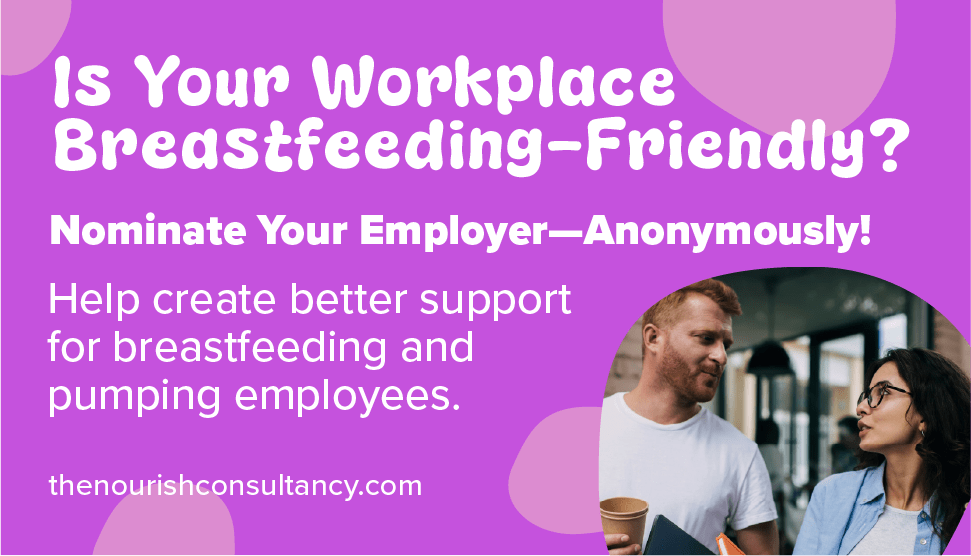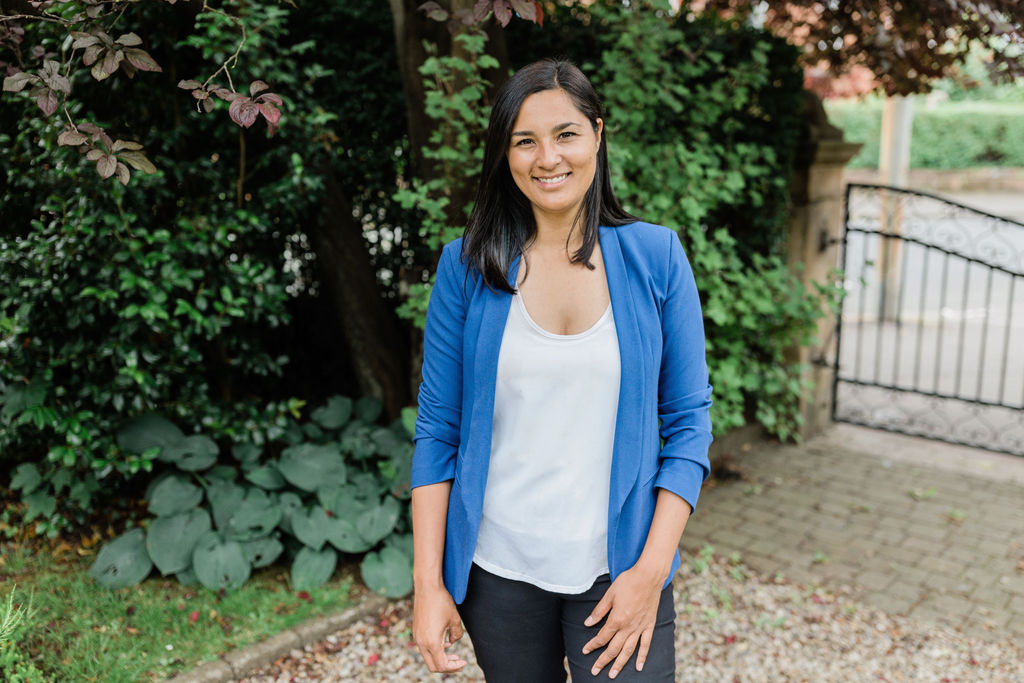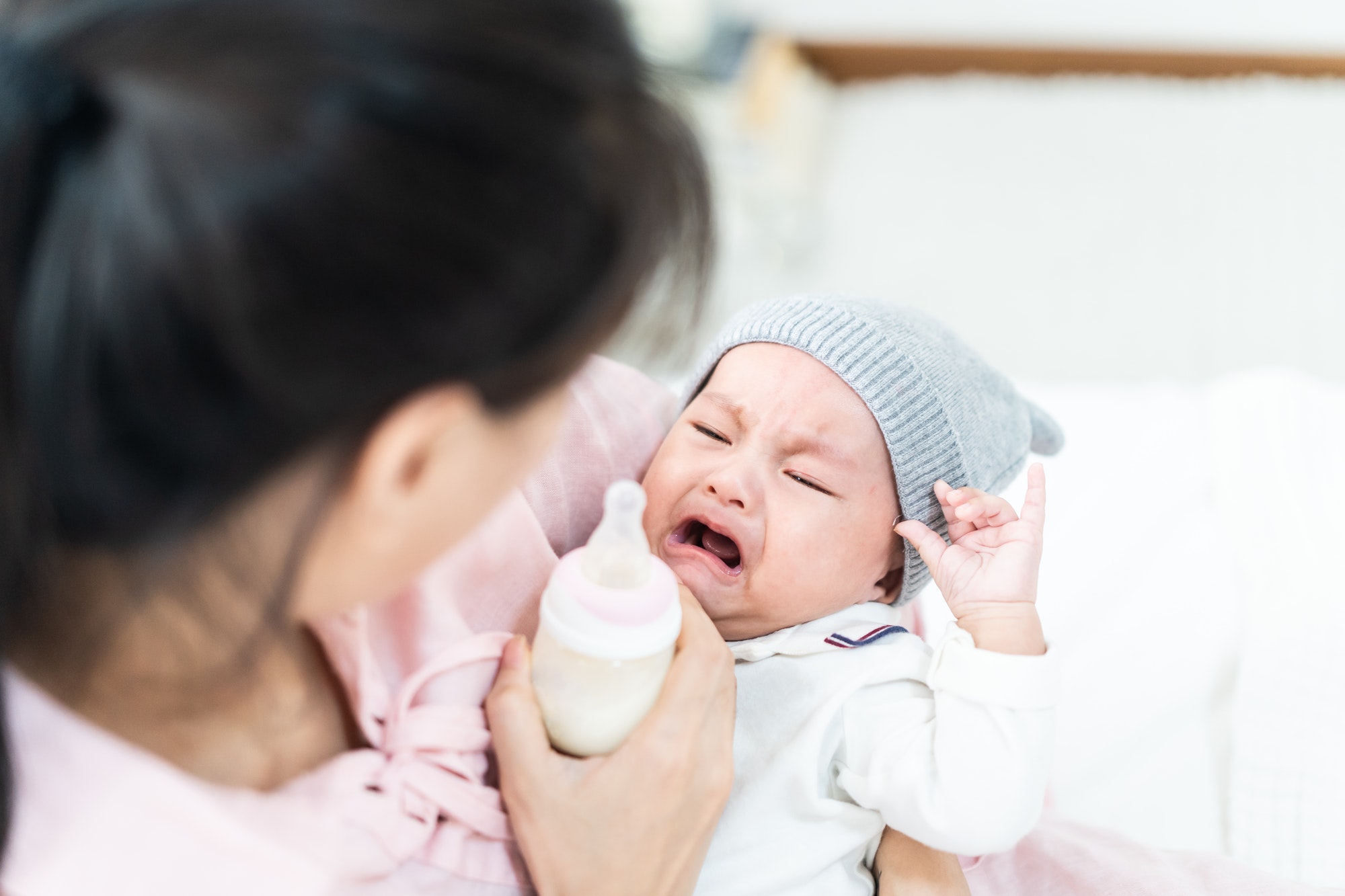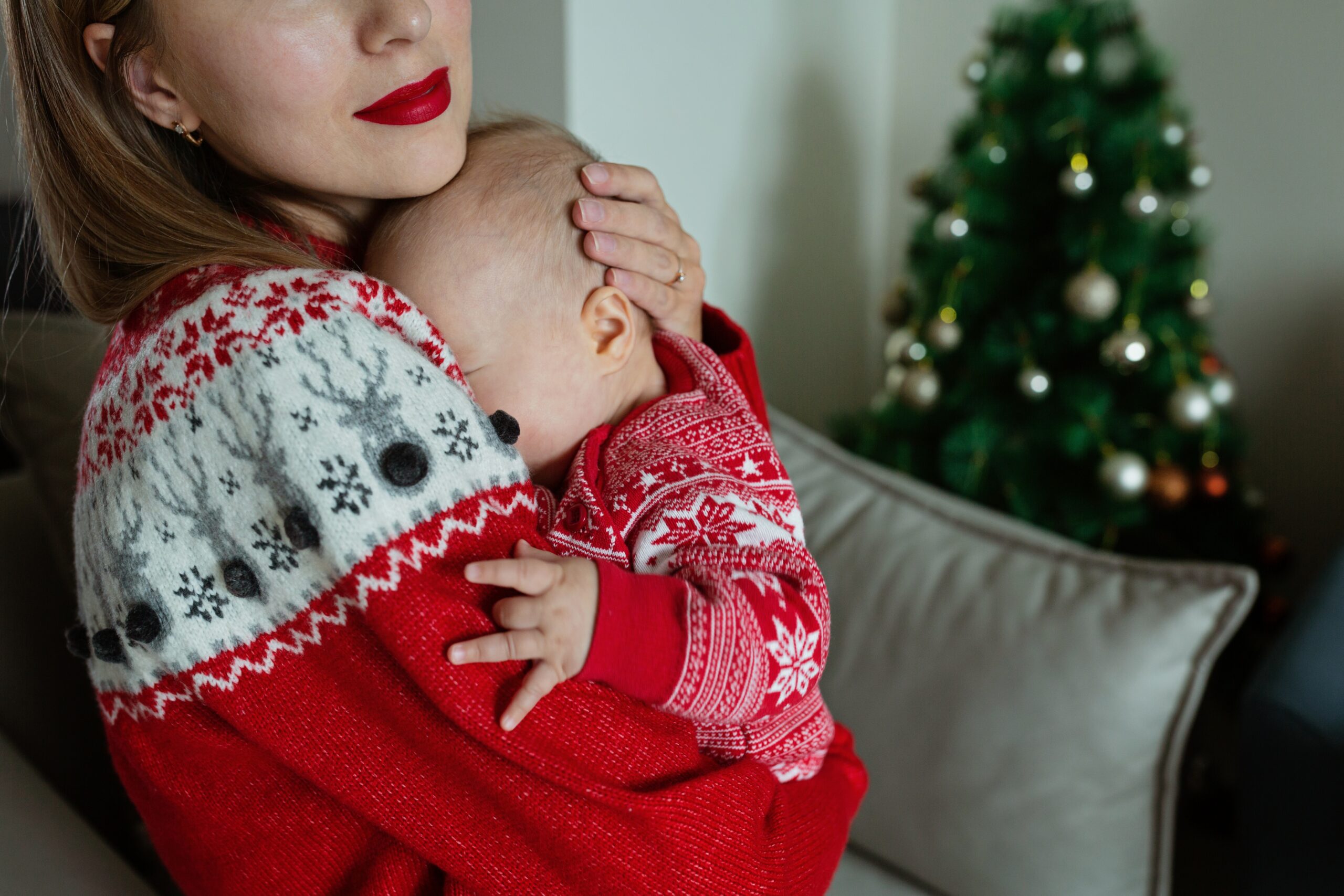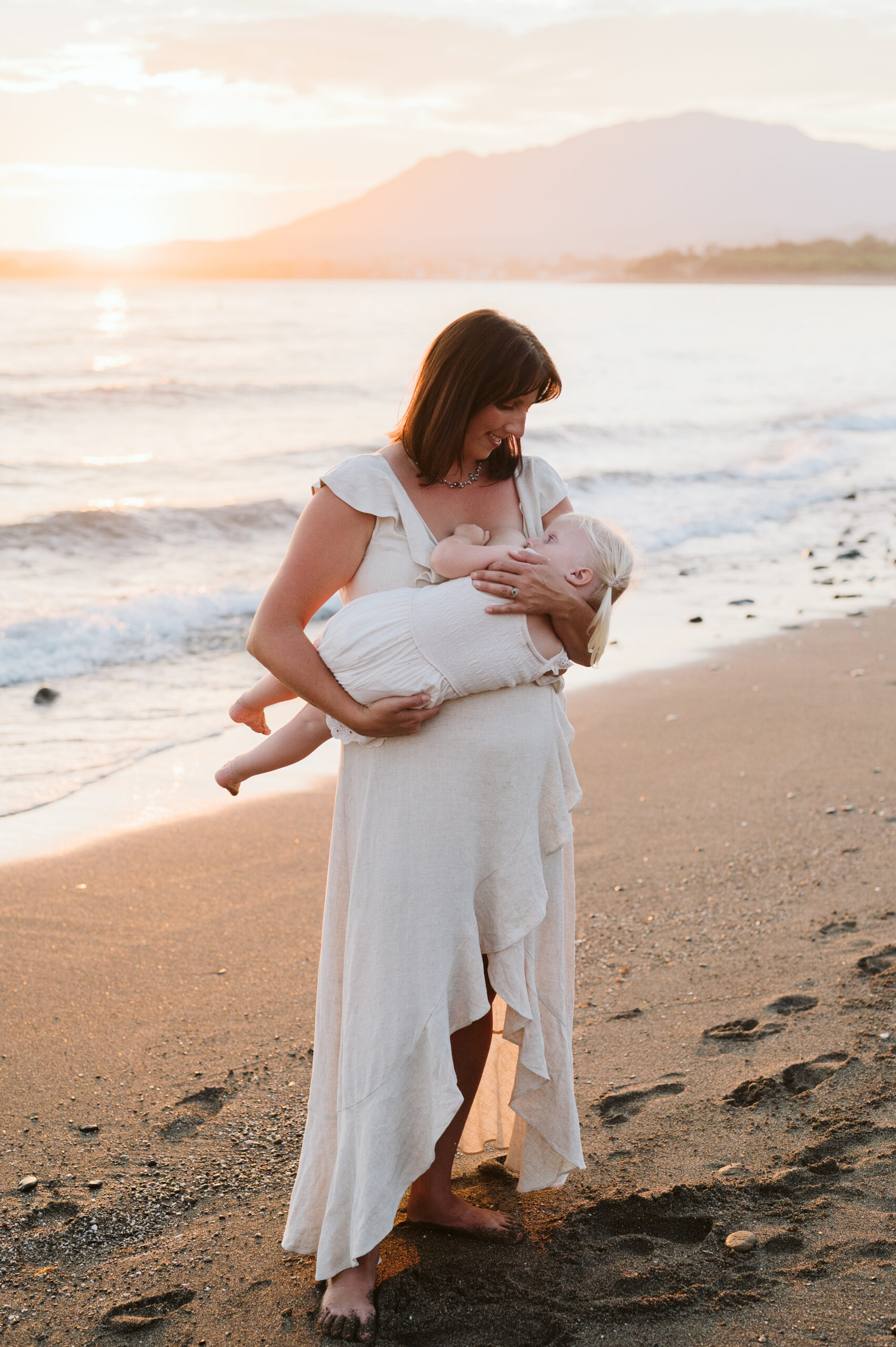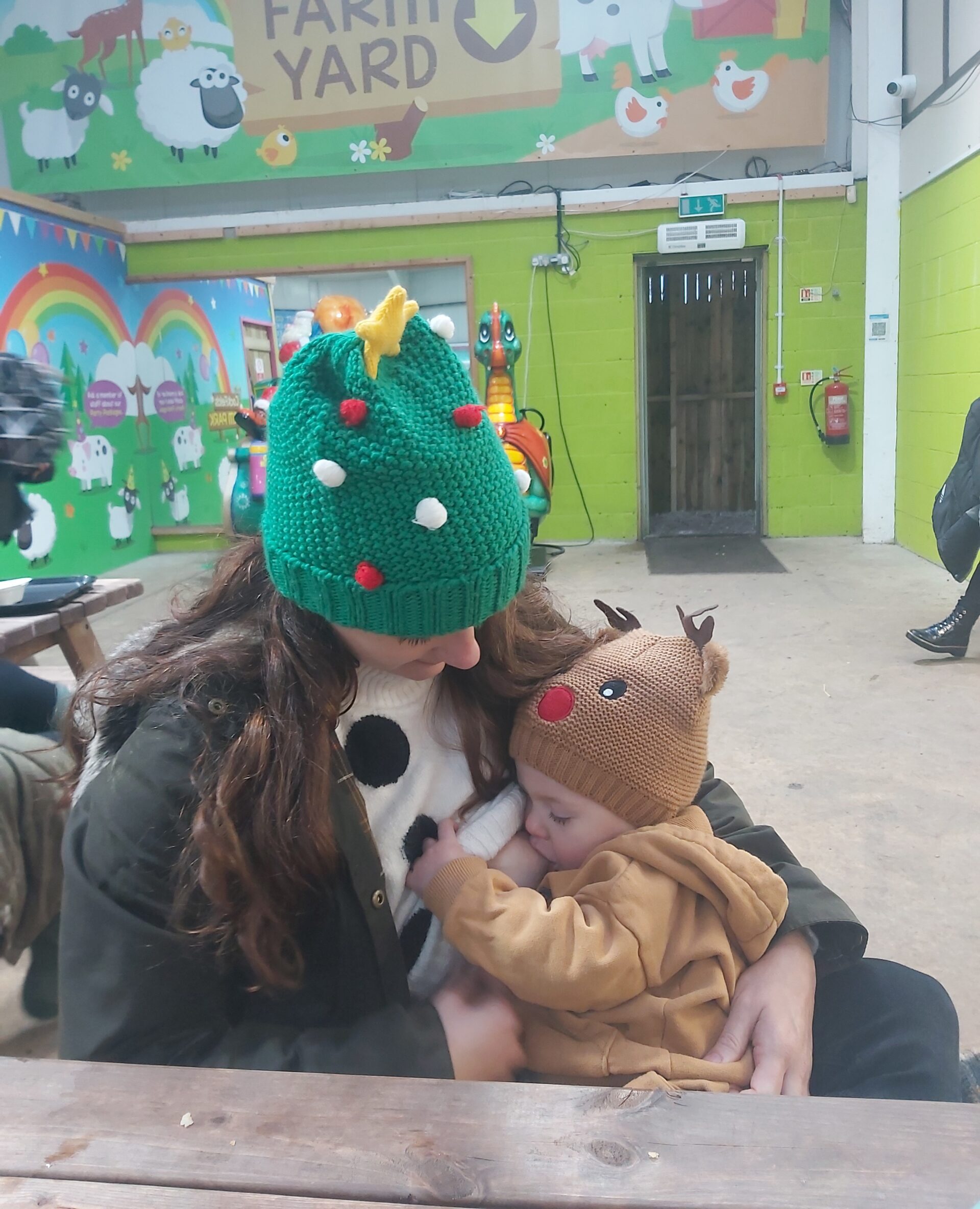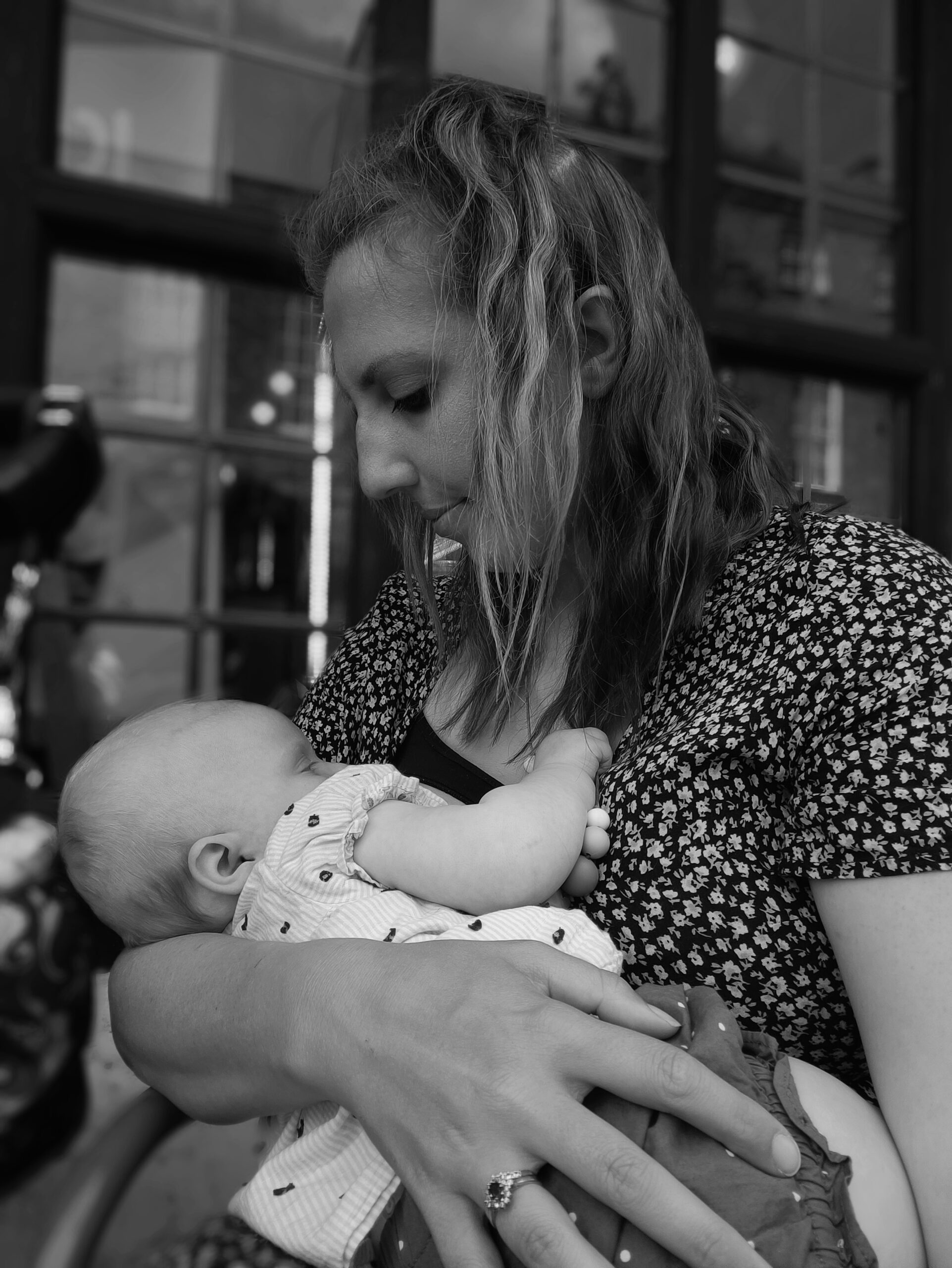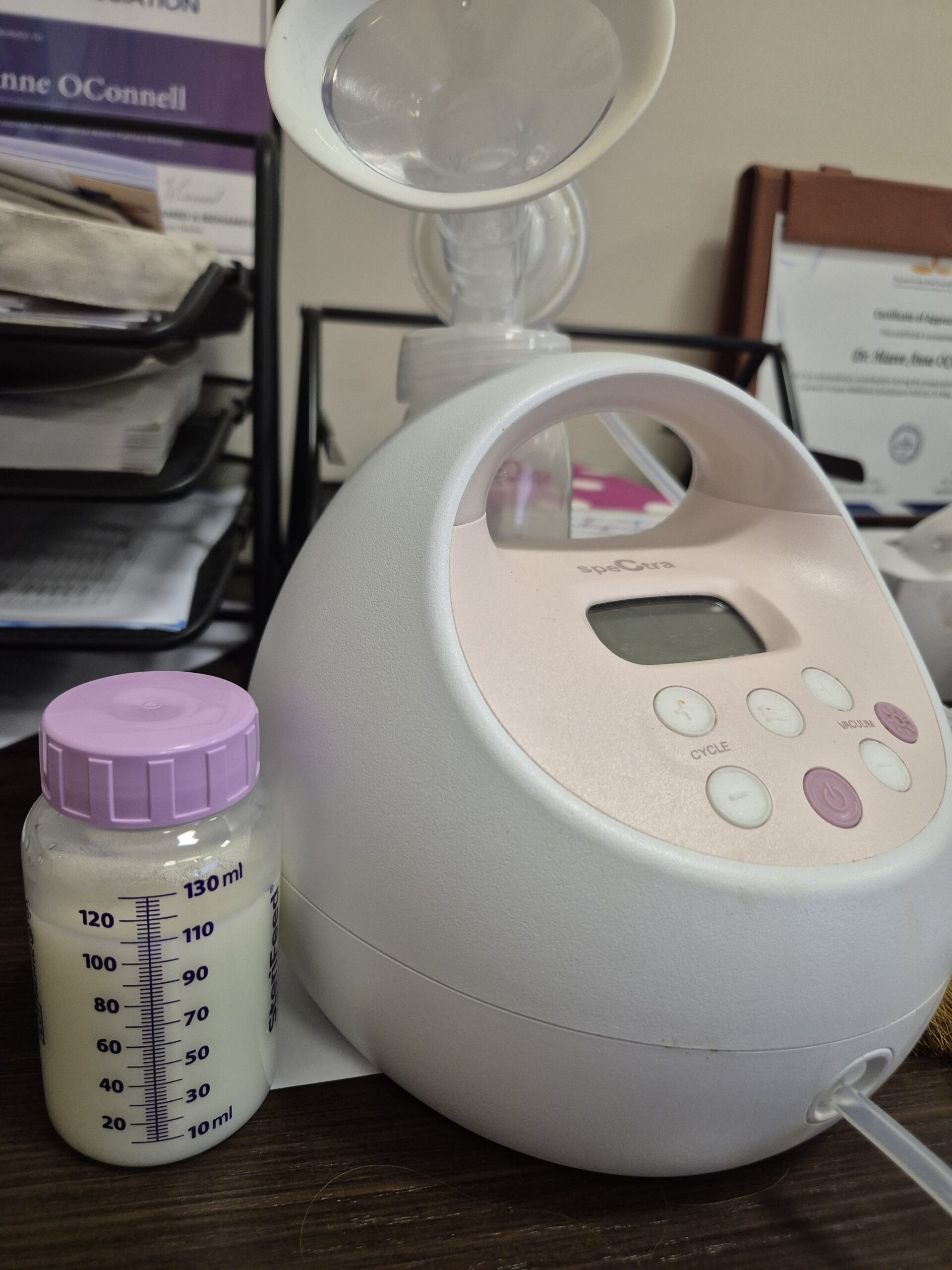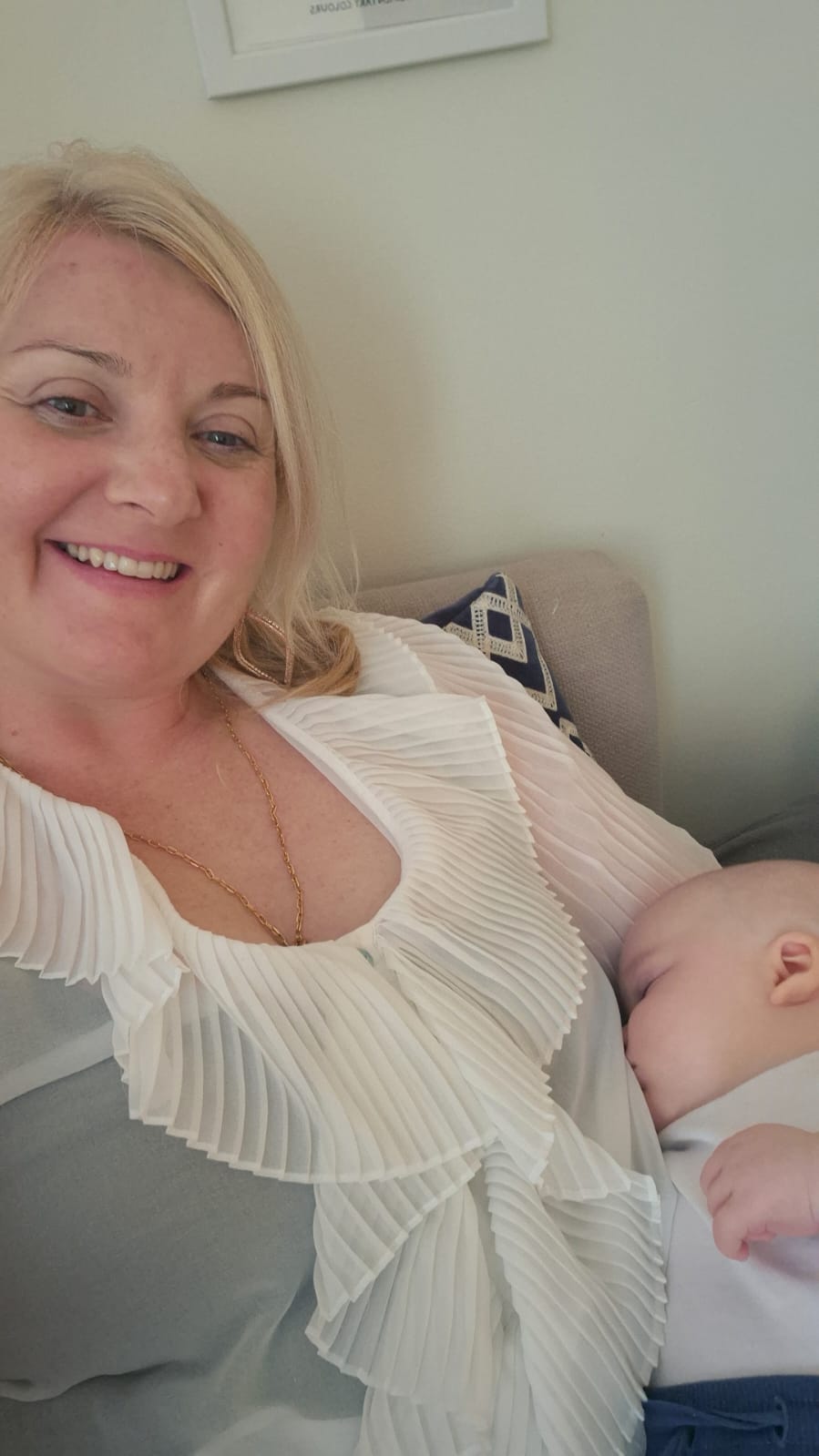As a lactation consultant I am used to seeing breast refusal, but the topic of bottle refusal can be equally distressing. Many parents expect or need to combine both, but bottle refusal by breastfeeding babies can throw a spanner in the works!
A survey of UK breastfeeding mothers’ experiences of bottle refusal in 2020 found that out of 841 babies, 61% continued to refuse a bottle in preference for direct breastfeeding.
It found:
1. Bottle refusal is more common than people think, and the expectation that all babies should accept a bottle is stressing parents out when they refuse. A quarter of respondents said that bottle refusal negatively impacted their breastfeeding experience, saying they felt trapped or unsupported.
2. There was no association with bottle brand, so bottle acceptance has nothing to do with it being the “wrong” bottle, despite what manufacturers will say in their adverts.
3. You don’t need to offer early to avoid refusal. There was no positive association with early introduction of a bottle, and better acceptance rates. In fact, babies who were offered bottles later, were most likely to accept. Bottle refusal happened after the 3rd month even when babies had previously been accepting. This is likely because the phase where the suckling reflex is strong and babies will suck on anything like a finger or a bicep passes.
You don’t need to offer early to avoid refusal. There was no positive association with early introduction of a bottle, and better acceptance rates.
It is common that babies will prefer feeding at the breast. As human milk is a living fluid, direct feeding means they get the exact hormones, antibodies and growth factors they need, when they need it. It is also common you may be advised to delay introducing a bottle to avoid breast refusal.

Top tips for giving baby a bottle for the first time
If you want to give a bottle, here are my tips:
-
- Offer the bottle at a time when your baby is not very hungry, usually babies are more amenable in the morning or as they are wakening up.
- Let them hold and explore the bottle and teat
- Sit them upright and let them take the teat into their own mouth, don’t force it.
- Hold the bottle horizontally and PACE the bottle, taking regular pauses (video link below). It is very easy to overfeed with a bottle. It should take 5+ minutes per oz. Breast flow rates don’t change over time, so your bottle teat doesn’t have to either. Many bottles sold are FAR too big and create the expectation that babies should be taking huge volumes at a time. Physiological volumes throughout the first year are not more than 150ml/5oz.
- If babies refuse and get upset, stop and try later on. Even wait another few days, perhaps with another caregiver offering.
If babies refuse and get upset, stop and try later on.
Know that many babies never take a bottle. Often there are other ways for the mum or lactating parent to get a rest or some time away. Either separations can be timed around feeding, or young babies are welcomed in most places and the dyad stays together. Breast milk can also be given in a cup or soft spouted sippy cup. From 6 months, babies can have water and some foods while direct feeding is not an option, and make up their milk intake on return. Just remember to have an expressing plan while apart to keep yourself comfortable. The NHS discourages bottle use in babies over 12 months.
Resources
UK mothers’ experiences of bottle refusal by their breastfed baby – research study
Drinks and cups for babies and young children – NHS website
Paced bottle feeding – Youtube video
Discover more articles by Dr Justice Reilly IBCLC
Discover more breastfeeding articles by Dr Justice Reilly IBCLC

